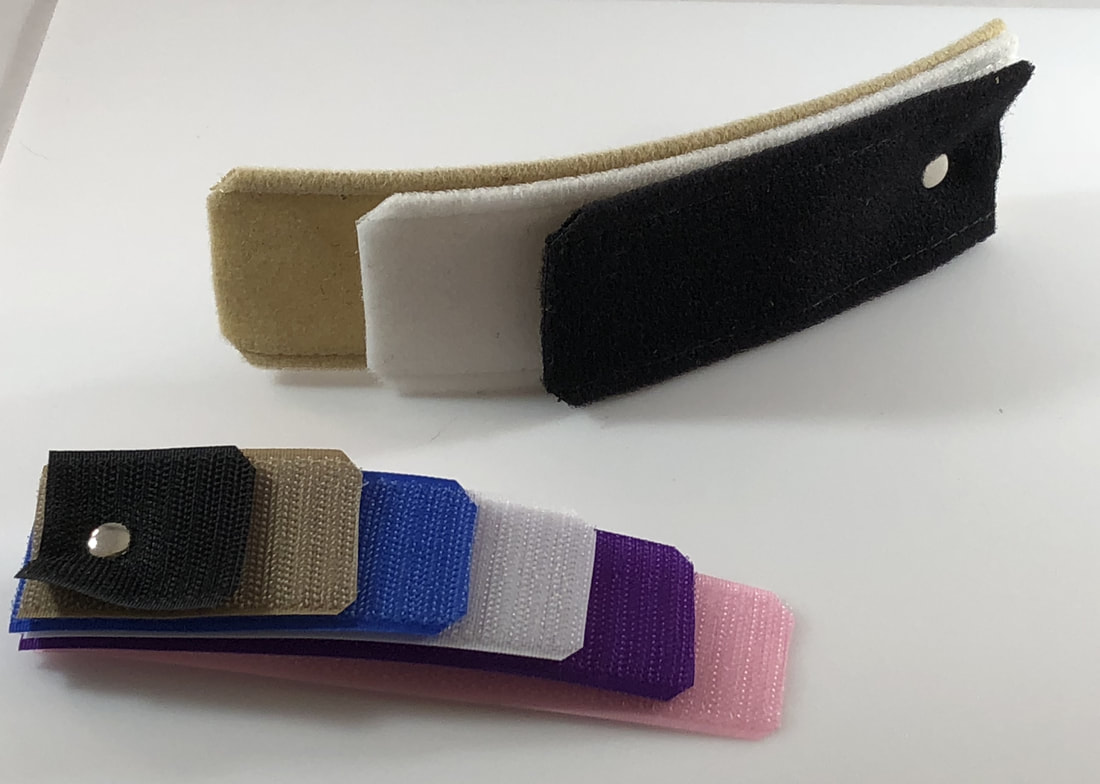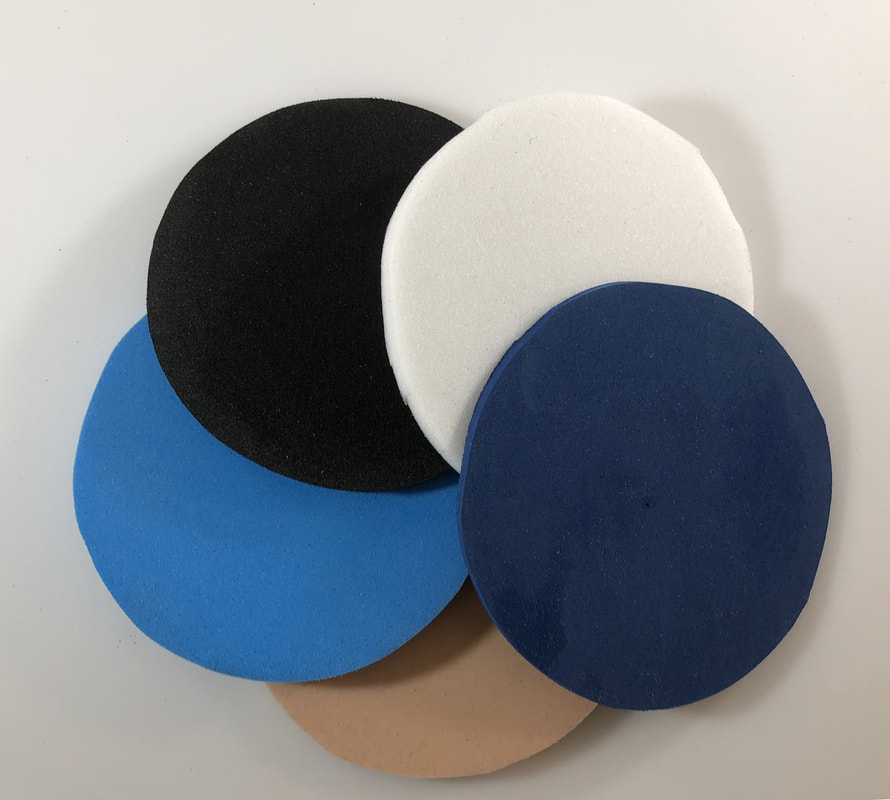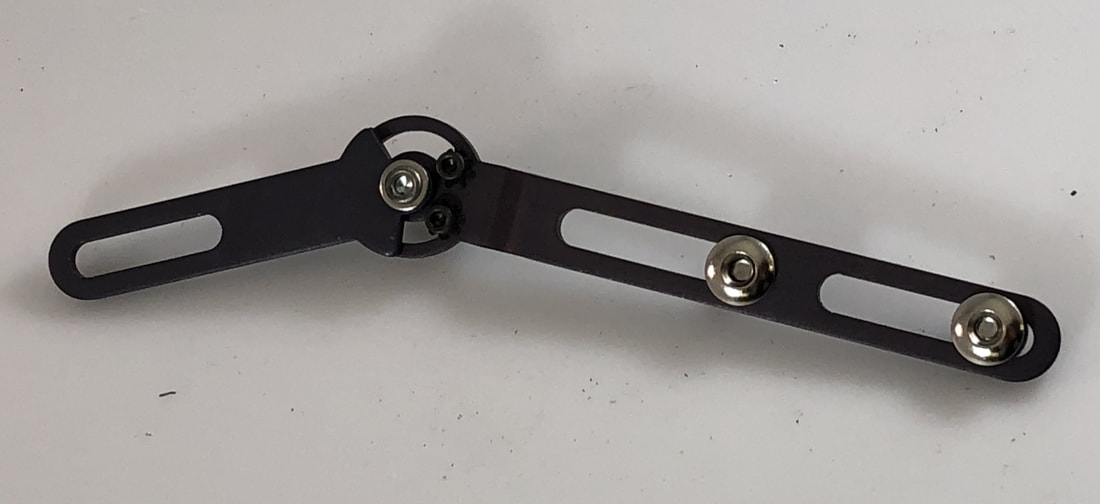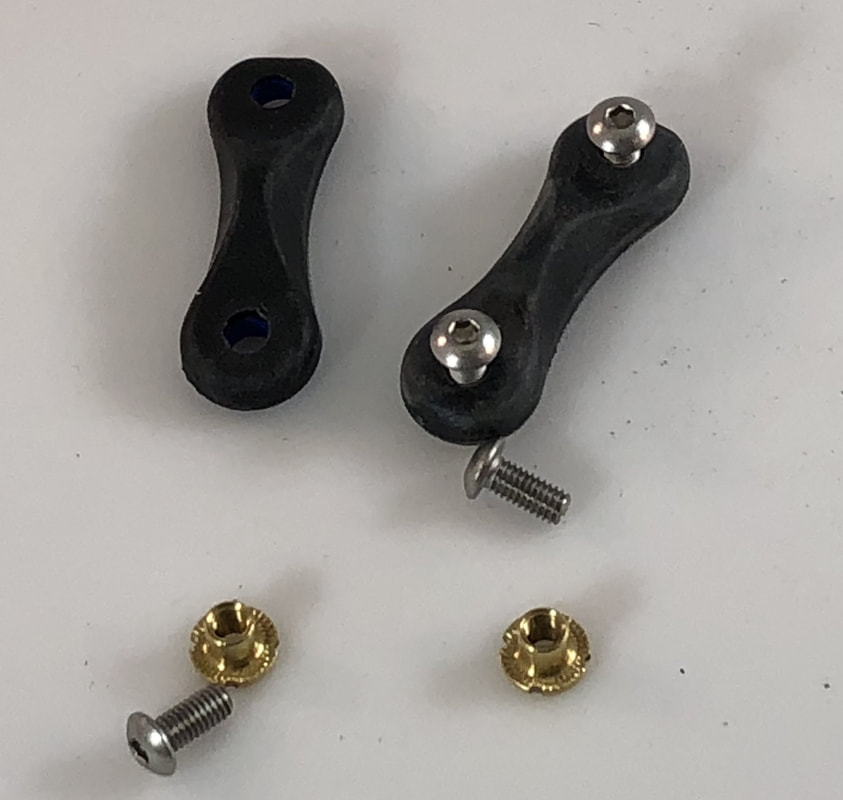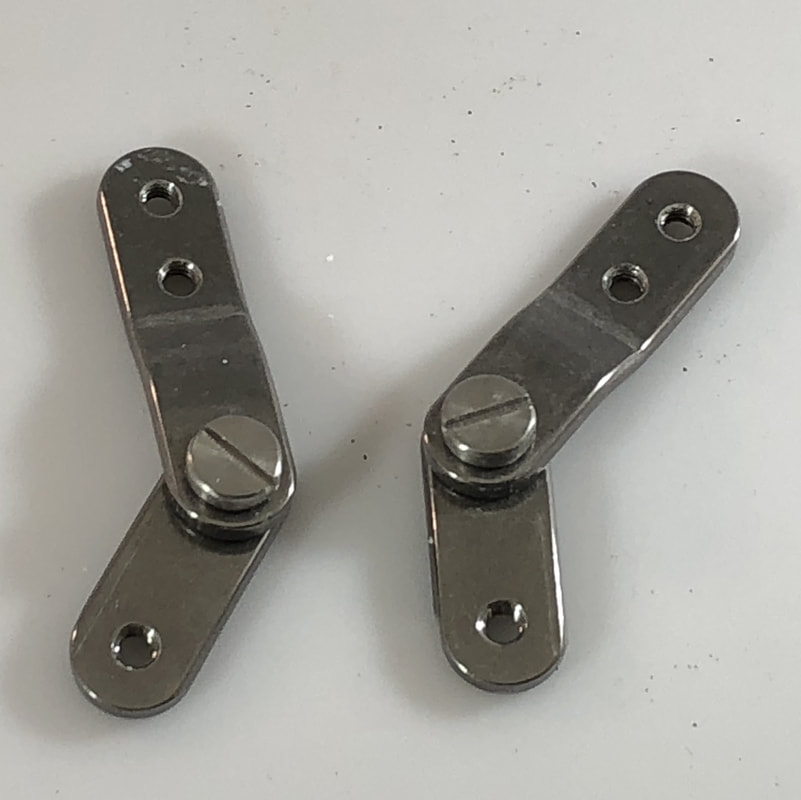About The Custom Fabrication Process
Each Orthotic is custom fabricated and designed for each patients requirements. A variety of interfaces, plastics, and joints are necessary to provide functional orthotics for a variety of sizes and needs. A the process starts with the initial evaluation with a Veterinarian or Rehabilitation Specialist. A fiberglass cast produces a negative model of the body part requiring the device. The fiberglass cast is used to produce a positive plaster model. The plaster cast is modified and cleaned for the heat forming process of the plastic and soft interface. Any joints required are molded into the orthotic. The orthotic is trimmed and polished. Straps are added and the soft interface are attached.
Casting
Plaster Cast and Modifications

A plaster cast is produced from the negative fiberglass mold.
Potential pressure points are relieved on the cast.
The cast is sanded and smooth.
Potential pressure points are relieved on the cast.
The cast is sanded and smooth.
Soft Foam Interface

Normally a soft interface is used between the plastic and the pet. A variety of materials and thicknesses are used to provide a optimal fit and function. A lack of a interface can cause potential pressure points and sores. Caution must be used to not use excessive amount of soft interface materials as it can compromise suspension and add unnecessary weight and bulk.
P-Cell
|
Plastazote
|
Microcell Puff
|
Neolon
|
Plastic
The plastic provides the structure support and control of the orthotic. Each type of plastic has unique characteristics and properties for each application. An orthotic requiring rigid support would use a polypropylene plastic. An orthotic requiring some flexibility would be fabricated using a copolymer polypropylene plastic.
Polypropylene
|
Copolymer Polypropylene
|
High Density Polyethylene (HDPE)
|
Low Density Polyethylene (LDPE)
|
Plastic Design Options
|
A special design can be applied to the plastic. The design is heated transferred into the plastic during the vacuum forming process. See Design options for available options.
|
Joints
A joint provides articulation and movement on the orthotic. The joint can be free motion, with no restrictions on the amount of movement at the joint site. A limited amount of movement or controlled range of motion can be achieved through a particular joint, straps, bumper stops, or a combination.



